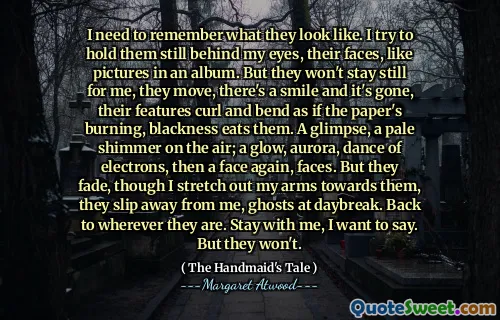Here and there are worms, evidence of the fertility of the soil, caught by the sun, half dead; flexible and pink, like lips.
In Margaret Atwood's "The Handmaid's Tale," the imagery of worms signifies the richness of the soil, serving as a metaphor for life and fertility. These worms, found in the light of the sun, are presented as fragile and almost lifeless, yet they symbolize the potential for growth and renewal in a world that often feels oppressive. Their presence suggests that even in dark circumstances, there is still the possibility for life and vitality to emerge.
This contrast of life and decay underscores the themes present in the novel, reflecting the struggles faced by the characters in a dystopian society. Just as the worms are caught between life and death, so too are the individuals navigating the harsh realities imposed upon them. This vivid imagery encapsulates the tension between hope and despair, highlighting the resilience of the human spirit amidst adversity.






